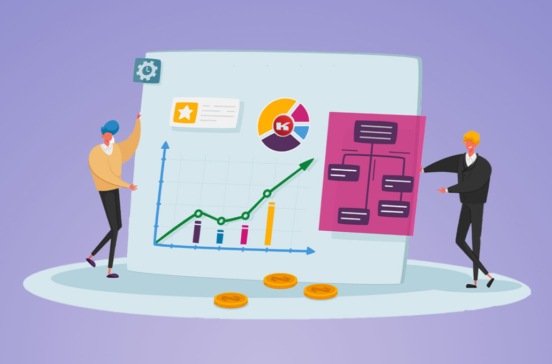The Covid-19 pandemic has had major effects on every industry across the world, and transport and logistics is no exception. As a marketing manager or executive in transport and logistics, you already know how serious those effects have been so far, as well as how important it is to keep informed about the future course of the industry.
According to a report from Research and Markets dating from late 2020, the worldwide transport and logistics industry is expected to contract by 8 percent in 2021. Different regions will be impacted to varying degrees, and some sectors of the industry may see different rates of growth or contraction. By 2023 the global transport and logistics market is expected to experience a robust recovery, reaching $7,518.4 billion in 2023.
Transport and Logistics Outlook for 2021
During 2020 the global transport and logistics market was predicted to contract from $6,176.9 billion (USD) to $6,079.9 billion. By 2023 the market is expected to recover with a significant growth rate and reach 7,518.4 billion by the end of the year. After the contraction of 2020, the transport and logistics industry is expected to show robust growth and make a good recovery, surpassing pre-Covid levels quickly.
In the logistics sector, 2021 is expected to be a significant growth year, with a Research and Markets report from May 11, 2020 predicting a growth rate of 17.6 percent in 2021, rising from $2,734 billion in 2020 to $3,215 billion in 2021. Increased demand from healthcare and agriculture are expected to be major drivers of this growth, along with the recovery from the Covid crisis. Transport and supply chains for essential commodities, including medical supplies, are one of the major contributors expected to drive the logistics sector in 2020. Shortages of labor and Covid-19 test kits are expected to slow growth in the sector, while the implementation of task forces to fight the pandemic and the distribution of items such as face masks are expected to contribute to growth.
During the period in question, the Asia Pacific region is expected to have the largest market size, a result of China’s rapid recovery from the Covid-19 pandemic. Other areas in the region, including India, Singapore, South Korea, and Japan, have also shown strong recoveries, and are resuming their normal functioning.
As of 2020, Western Europe was the largest market in the global transport industry, accounting for 31 percent of the market. Asia Pacific was the second largest market, accounting for 29 percent. Following the Covid-19 pandemic, Asia Pacific is expected to move ahead and become the largest market on the globe.
What Kompass Can do for Your Organization
The Covid-19 pandemic has disrupted supply chains across the globe, forcing businesses in every industry to find new partners. Kompass provides an array of tools that can help your business find the partners you’re looking for. Partners in the form of new clients, suppliers, or any other partnerships your business needs in its value chain. No matter what kind of partnership you’re looking for, Kompass can connect you with what you need both at home and abroad. With more than 44 million companies listed in more than 60 countries, we can connect you with the B2B partners your organization needs to thrive.
Take a look at what Kompass has done for other Exporters:

Company: Nacex
Arianne Muñoz de Wolf
Marketing Manager
Activity: Postal and courier services
Need: Generate new opportunities and identify new prospects
Kompass service: Data and Emailing campaigns
“We are very pleased to have Kompass as a database provider”.
Emailing Results: +32% opening rate

Company: EXPRO OUTSOURCING
María Victoria Gregorio
Key Account Manager
Activity: Outsourcing services for logistics and production processes
Need: Find key contacts and decision makers in the sector
Kompass Solution: ByPAth, our Sales Intelligence solution
“It is a very useful tool to search for direct contacts in companies, organize the monitoring of companies and sectors in which we have interest. Thanks to the tool, the door through which we enter when contacting companies, is totally different.”












Comentarios
No Comments